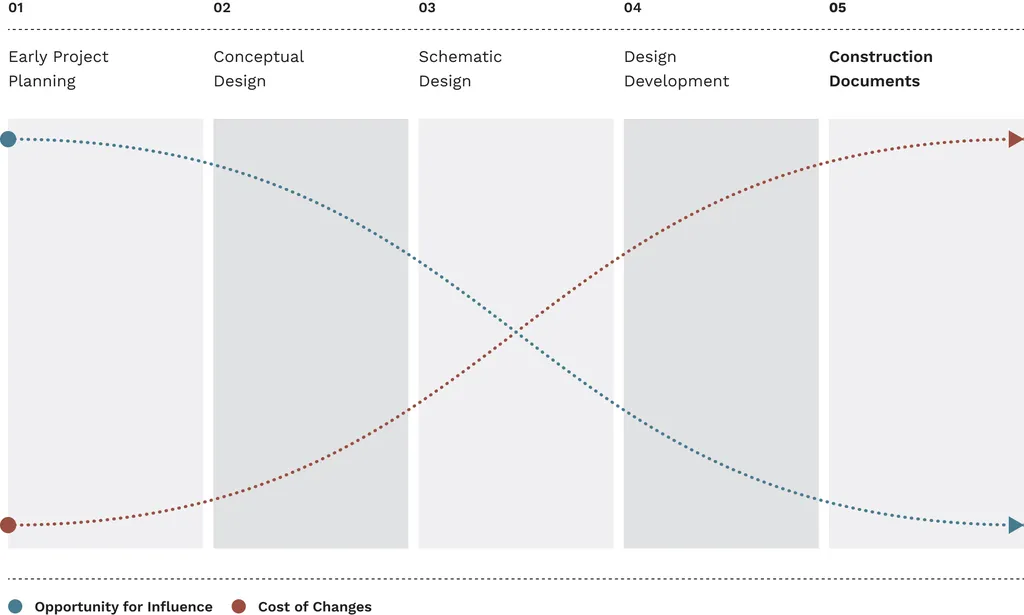In the ever-evolving landscape of construction technology, a groundbreaking study led by Vamsi Sai Kalasapudi from the Department of Construction Management at the University of North Florida is set to revolutionize how the industry handles data and cost estimation. Published in the esteemed journal Frontiers in Built Environment, which translates to “Frontiers in the Built Environment,” the research introduces an innovative approach to outlier detection and historical cost optimization, promising to enhance data reliability and strategic decision-making.
The study addresses a longstanding challenge in construction: the prevalence of outliers in digital timecards, which track labor hours, equipment usage, and productivity. These anomalies, caused by human error, inconsistent reporting, and interface complexity, have historically degraded data reliability and obstructed accurate cost estimation. Traditional outlier detection methods, such as Z-score filtering and standard Isolation Forest, often fall short because they apply global thresholds that fail to capture the heterogeneous and context-specific nature of construction data.
Kalasapudi and his team have developed a context-aware optimization approach that dynamically tunes Isolation Forest contamination thresholds by learning from estimating practices. This method produces tighter clustering of standard deviations across cost codes, eliminates extreme variance spikes, and better aligns actual productivity distributions with estimator expectations. “Our model effectively filters unreliable entries while preserving meaningful high-cost cases, thereby improving both interpretability and reliability of historical data,” Kalasapudi explains.
The implications for the construction industry, particularly in the energy sector, are profound. Accurate cost estimation is crucial for bidding, project planning, and business intelligence. By refining historical data, this new approach enables more precise cost predictions, which can lead to more competitive bids and better project outcomes. “This is not just about cleaning data; it’s about empowering teams to make data-driven decisions that can significantly impact project success,” Kalasapudi adds.
To support scalable use of these refined datasets, the researchers developed a production-grade agentic AI workflow. This system integrates estimating and field management software with Google’s Firebase and an OpenAI GPT-based assistant via OpenAPI specifications. It allows estimating and project management teams to query their data conversationally, retrieving real-time productivity benchmarks, unit costs, and historical trends across jobs and cost codes.
While the model currently functions as a post-correction mechanism rather than preventing errors at the source, it provides a scalable, automated alternative to spreadsheet-based workflows. This innovation is poised to streamline processes and enhance efficiency, ultimately driving down costs and improving project outcomes.
The research not only addresses immediate needs but also sets the stage for future developments. As the construction industry continues to embrace digital transformation, the integration of AI and machine learning will become increasingly important. This study lays the groundwork for more advanced applications, such as real-time error prevention and predictive analytics, which could further revolutionize the field.
In conclusion, Kalasapudi’s research represents a significant step forward in construction data analysis. By improving the reliability and interpretability of historical data, it paves the way for more accurate cost estimation and better strategic decision-making. As the industry continues to evolve, the insights and tools developed in this study will be invaluable in shaping the future of construction.

